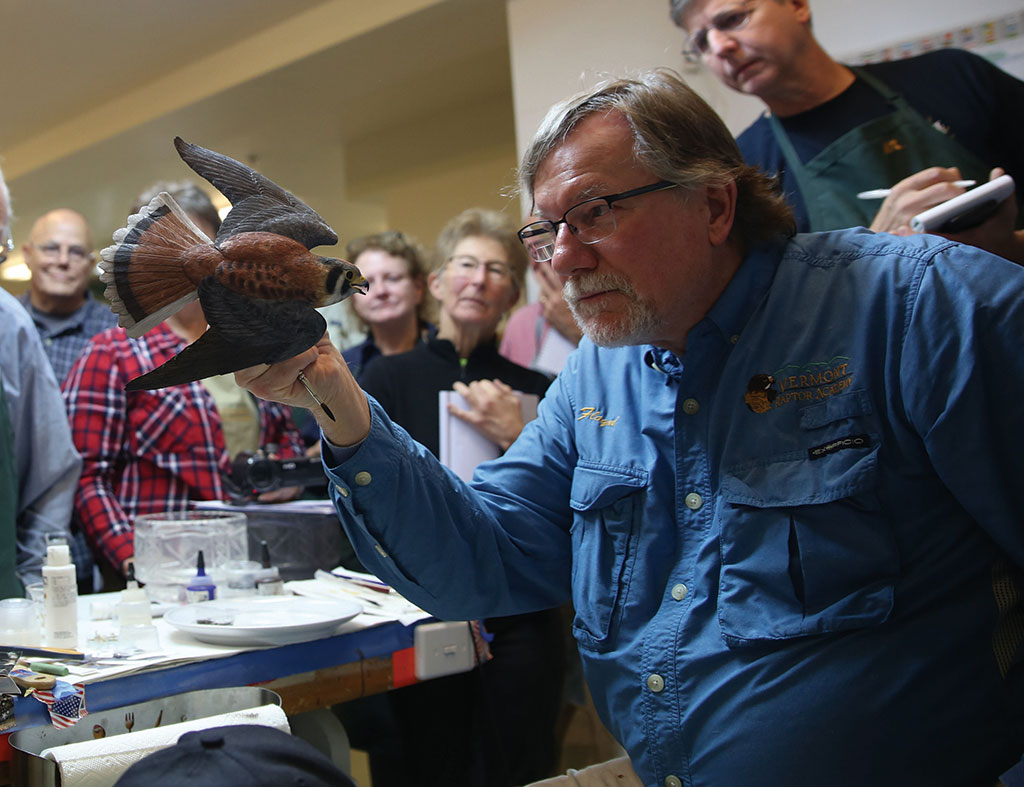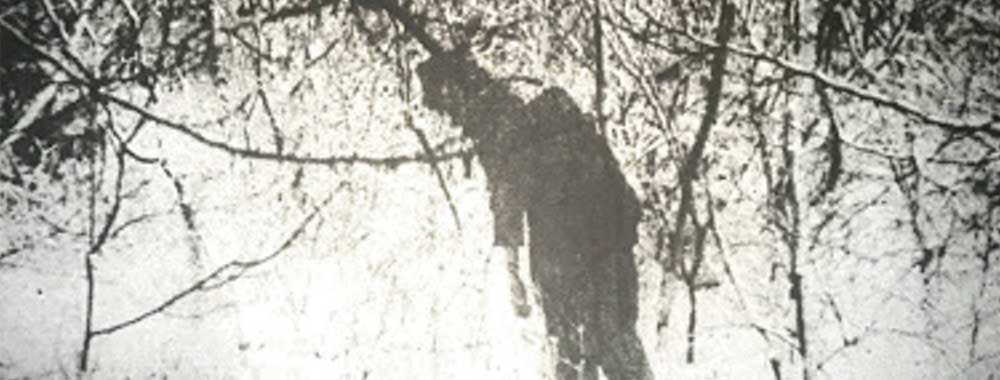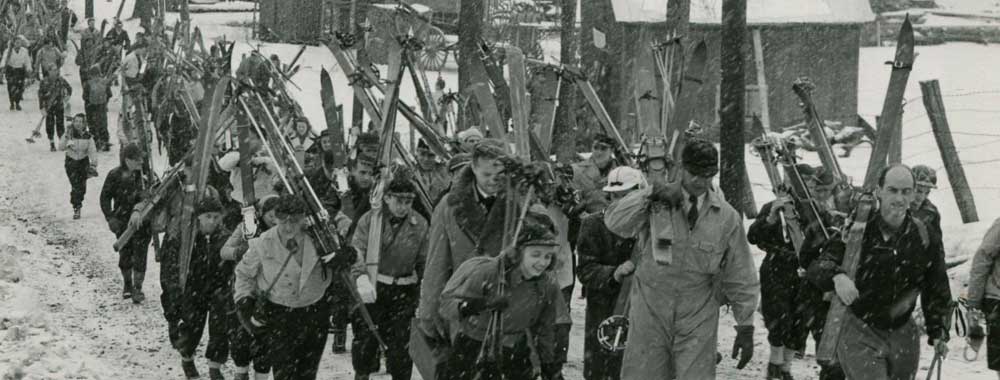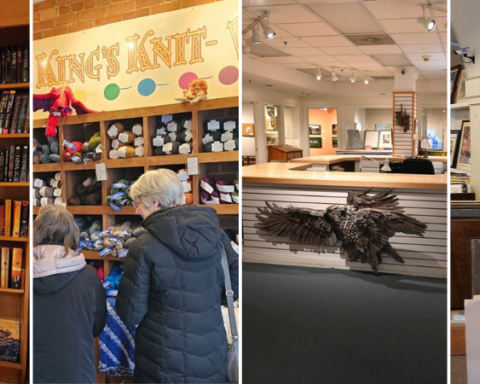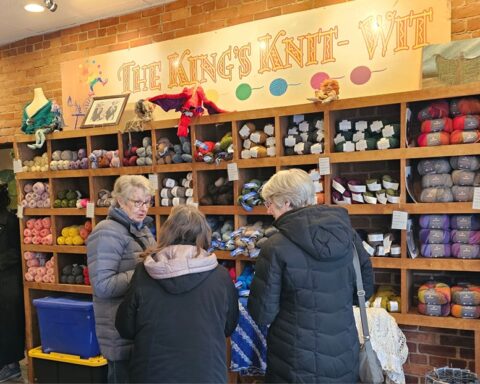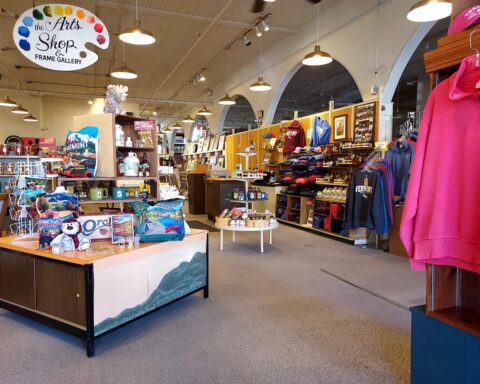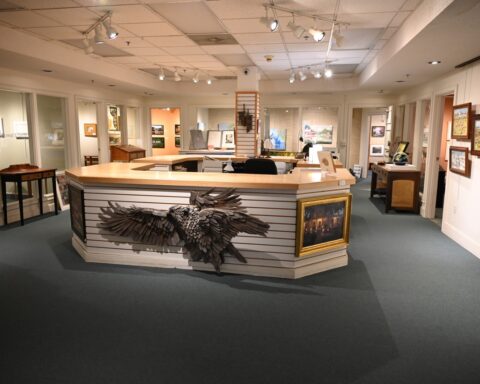Carvers from around the world come to Bennington to study with Floyd Scholz

By David LaChance
There was no way that Floyd Scholz could have known it at the time, but he had found his life’s work while he was still in grade school. Born with a depthless fascination for birds, and inspired by an uncle who taught himself to become an award-winning carver of decoys, young Floyd began turning out carved birds from the basement of his parents’ home in Connecticut.
He discovered that there was a demand for his carvings.
“When you’re a kid and your friends are shoveling walks for five bucks, and you’re in the warmth of your basement, carving little birds, and people are willing to pay you for this hobby, that’s quite an incentive,” Scholz said.
Fifty years and 800 birds later, he’s still at it. Scholz, 60, widely acknowledged as one of the leading bird carvers on the planet, has earned the titles “master carver” and “living legend,” and his astoundingly lifelike birds, now created on commission, command prices from $2,500 for a small songbird to the mid-six figures for an eagle or hawk. Since 2005, he has been sharing his carving and airbrushing techniques through his Vermont Raptor Academy at the Laumeister Art Center in Bennington, Vt., where carvers come from around the world to attend one of the six seminars he offers each year.

Photo: Holly Pelczynski
Did Scholz have any inkling where his destiny might lie?
“Not even close,” he said. “I knew that I loved to carve and that it would probably just be a hobby for me the rest of my life.”
When, as a teenager, a customer encouraged him to consider making carving his vocation, he scoffed at the idea. “‘A professional bird carver? Was there even such a thing?’ But it has evolved. I’ve made it evolve. I’ve worked really, really hard at this. And I’ve made it into what it is.”
It all might have gone far differently if Scholz, the 1979 NCAA decathlon champion, had been able to pursue his dream of competing in the 1980 Summer Olympics in Moscow. When the U.S. boycotted the games over the Soviet invasion of Afghanistan, Scholz packed his belongings into his Jeep CJ-5 and headed to a log cabin in Granville, Vt., owned by family friends, “just to figure it all out.”
He worked as a logger, and then as a carpenter, but found solace in his bird carvings. One of his pieces, dubbed “Jeezum the Crow,” wound up on display at a hunting and fishing store back home in Connecticut; there, a customer suggested that Scholz enter the sculpture in a local show. He won a blue ribbon, and then sold “Jeezum” to a Bausch and Lomb vice president for $7,000 — half his yearly carpenter’s salary.
“That was one of the turning points of my life. I’ll never forget it,” Scholz said. “I drove home with a renewed enthusiasm and optimism, and it really focused me in a most relevant way that hey, this could really be something for me.”
In 1983, he became a professional carver, and hasn’t looked back.

Photo: Holly Pelczynski
He seems still to be riding that wave of enthusiasm. He loves that his seminars have become not only classrooms for instruction, but places where like-minded people make connections and form friendships. He’s proud, too, of his academy’s effect on the Bennington economy, bringing in nearly 100 students each year who spend money at local hotels, stores and restaurants.
That younger people are signing up for his seminars gives him optimism.
“There seems to be a backlash to the gaming world, where everything is digital and instantaneous and quick and disposable,” he said. Laumeister, which is owned by Southern Vermont College, has twenty-eight of his carvings on display, and Scholz has been told that his gallery is one of the students’ favorite places to spend time.
“Some of the top carvers nowadays can take a block of wood and make it look so realistic that you want to touch it, because you don’t believe your eyes,” Scholz said. “I’ve been doing this for 51 years now, and I still love it when somebody doesn’t believe what their eyes are telling them.”
David LaChance is the news editor of the Bennington Banner. He is a lifelong car enthusiast, and was formerly an editor, writer and photographer with Hemmings Motor News.
